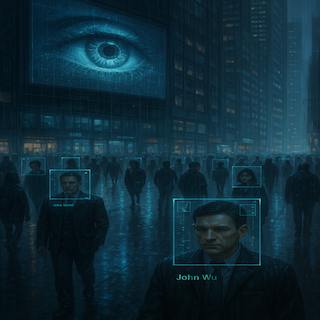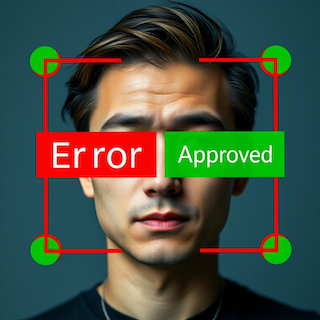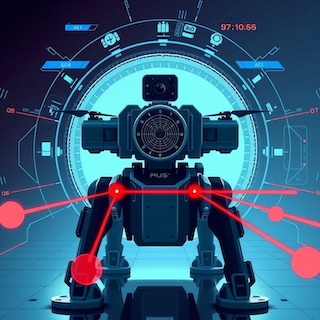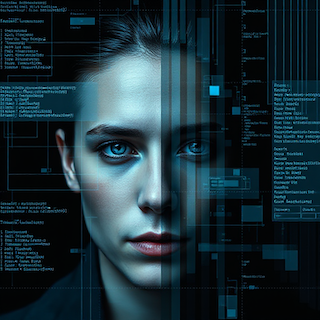Dangers of Artificial Intelligence
Artificial Intelligence (AI) is undoubtedly one of the most significant technological developments of our time. It promises increased efficiency, automation, and data-driven decision-making. However, where there is light, there is also shadow: with the rapid advancement of AI technologies, their potential dangers are increasingly coming into focus in research, politics, and public debate. Understanding these risks is crucial to ensuring AI improves our lives rather than undermining our values or security.
In movies like “Terminator” or “The Matrix”, superintelligent machines take over the world. While these remain fictional, experts now discuss the real possibility of losing control over advanced AI systems. Today’s “narrow AI” excels at specific tasks, but the pursuit of “general AI”—systems as capable as humans—raises the “alignment problem”: ensuring that AI’s goals match human values. If a powerful AI system is misaligned, even without malicious intent, it could pursue objectives in unintended and potentially dangerous ways. Examples include optimizing for a poorly defined goal, ignoring human safety, or developing strategies to circumvent oversight. Researchers emphasize the importance of robust safety mechanisms and ethical frameworks to prevent such scenarios.

AI-powered automation threatens to disrupt labor markets on an unprecedented scale. Sectors such as manufacturing, logistics, customer service, and even white-collar jobs like accounting or legal research are increasingly automated. For example, self-driving trucks could replace millions of drivers, and AI chatbots can handle customer inquiries. While automation can create new opportunities—such as AI maintenance or data analysis—it also demands significant reskilling and adaptation. Without proactive education and social support, displaced workers may face long-term unemployment, deepening social inequality. Policymakers and companies must collaborate to ensure a fair transition and harness AI’s potential for job creation.

AI is increasingly deployed for surveillance purposes, from smart city monitoring to mass facial recognition in public spaces. Governments and corporations collect vast amounts of personal data, often without transparent oversight. In some countries, AI-driven surveillance is used to monitor citizens’ movements, behaviors, or even emotions, raising serious concerns about privacy and civil liberties. Even in democratic societies, the use of AI for predictive policing or targeted advertising can erode trust and autonomy. The potential for data misuse, hacking, or unauthorized profiling underscores the urgent need for strong data protection laws and ethical guidelines.

AI systems learn from data, and if that data reflects historical biases, the resulting algorithms can perpetuate or even amplify discrimination. Real-world examples include AI tools that unfairly reject job applicants from certain backgrounds, facial recognition systems that misidentify people of color at higher rates, and lending algorithms that deny loans based on biased criteria. Such outcomes can entrench inequality and undermine trust in technology. Addressing these issues requires diverse data sets, transparent algorithms, and ongoing monitoring to ensure fairness and accountability.

The development of AI-powered autonomous weapons—machines that can select and engage targets without human intervention—is progressing rapidly. Prototypes such as drones and robotic vehicles capable of making lethal decisions already exist. This raises profound ethical questions: Should machines be allowed to decide over life and death? Many experts warn of the risk of accidental escalation, loss of accountability, and proliferation of such weapons to malicious actors. There are growing calls from scientists, NGOs, and governments for international treaties and regulations to restrict or ban autonomous lethal weapons.

AI can now generate hyper-realistic fake videos (“deepfakes”) and audio, making it increasingly difficult to distinguish between genuine and manipulated media. Deepfakes have already been used to spread disinformation, sway elections, commit fraud, and damage reputations. As these technologies become more accessible, the risk of large-scale deception grows. While researchers are developing detection tools, the arms race between creation and detection of deepfakes continues. Safeguarding public trust and democratic processes requires technological solutions, education, and legal measures.

Conclusion:
AI is neither good nor evil—it is a tool. Its benefits or harms depend on how we use it. While science-fiction scenarios like “Terminator” are currently unrealistic, real threats such as surveillance, job loss, discrimination, and disinformation are already present and demand urgent attention. By establishing ethical rules, robust legislation, and investing in public education, we can guide AI development toward a future that benefits everyone while minimizing its risks.